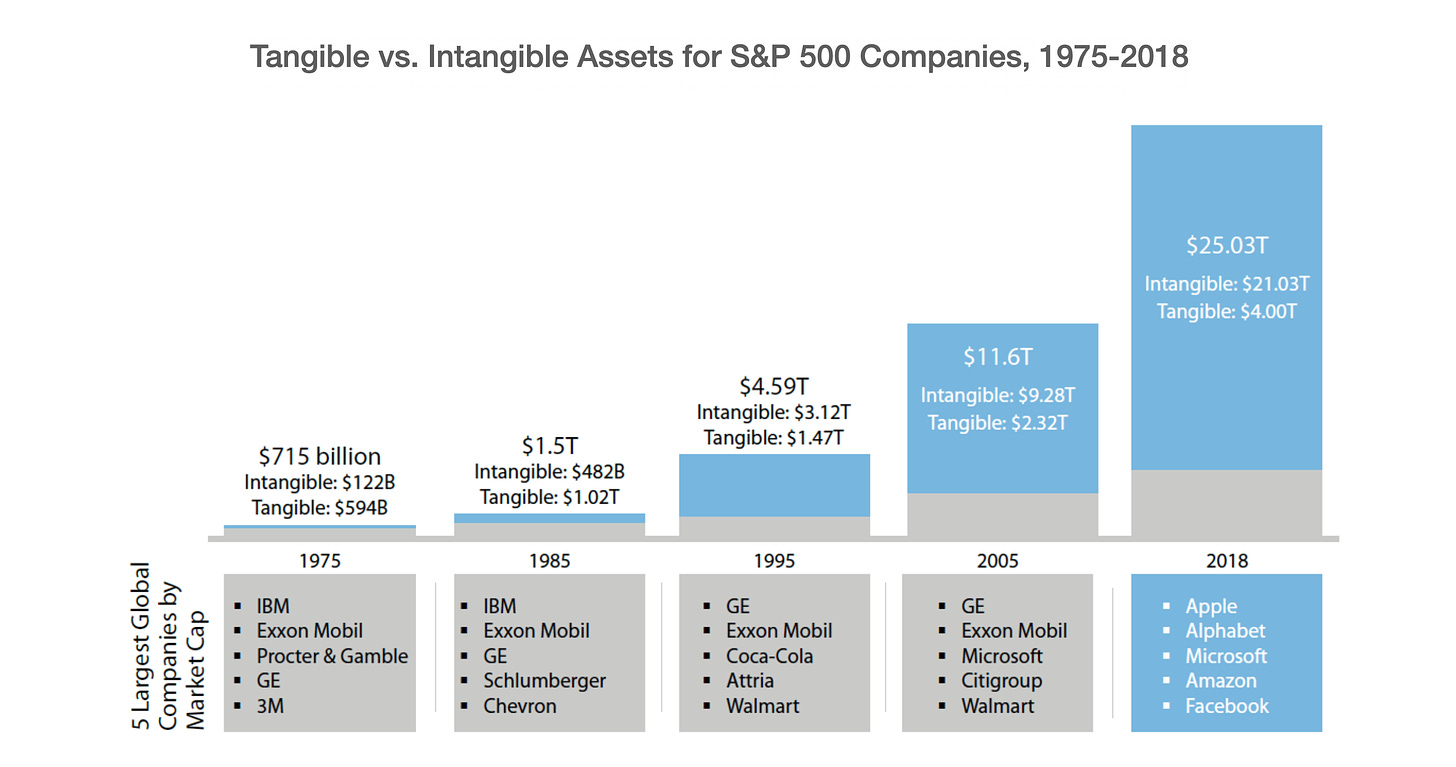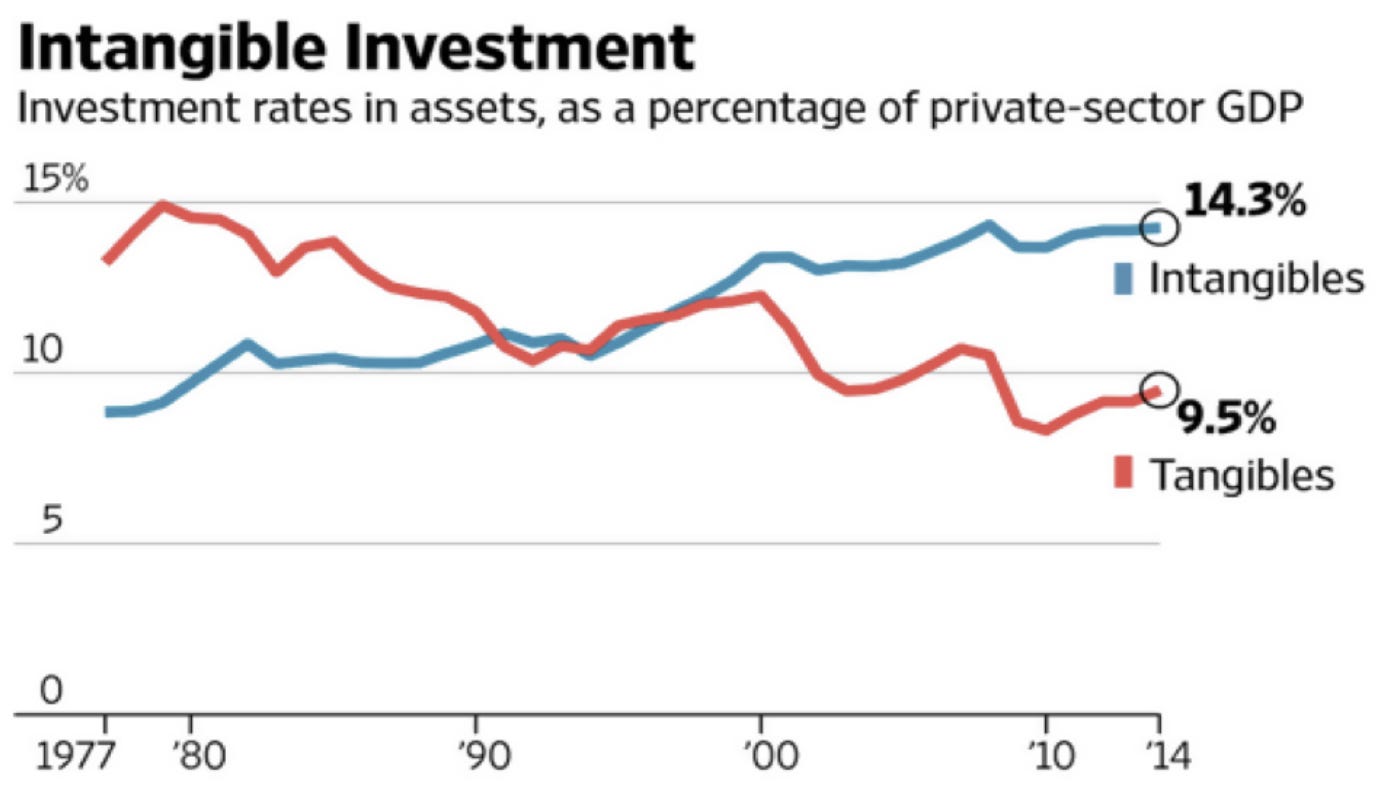From the blog of Jonas Neubert:
Sections of this post were co-authored by Cornelia Scheitz. Last updated on January 24, 2021.
Bert Hubert’s excellent and widely shared article about Reverse Engineering the source code of the Pfizer-BioNTech SARS-CoV-2 Vaccine is all it took to turn hundreds of software engineers and other Silicon Valley types into armchair vaccine experts overnight! Jokes aside, the article explains the 4284 base pair long mRNA inside the Pfizer-BioNTech’s COVID-19 vaccine for those who are more familiar with software than molecular biology.
Bert’s article is primarily about the biology of the vaccine, how it relates to the virus and how it works in the human body, but there’s this one sentence about vaccine production:
At the very beginning of the vaccine production process, someone uploaded this code to a DNA printer (yes), which then converted the bytes on disk to actual DNA molecules.
Next to it is a picture of a CodexDNA BioXP device that is advertised as producing “custom DNA fragments of up to 7,000 base pairs”. Could this be the next distributed manufacturing revolution? This time with DNA printers making COVID-19 vaccines in our garages instead of 3D printers and plastic widgets?
I’ll start with the bad news: Nobody will be making an mRNA vaccine in their garage any time soon.
The following text is a collection of notes I wrote down while exploring the process for manufacturing and distributing the two new vaccines that have appeared all over the news and in more and more people’s arms over the recent weeks. I started reading about mRNA but quickly found myself on tangents about glass vials and temperature tracking devices.
This text was written over a week worth of evenings in early January 2021. It covers the two vaccines currently authorized for distribution in the United States where I live: One by Pfizer-BioNTech and one by Moderna. Several other mRNA based COVID-19 vaccines are in various stages of clinical trials and are likely similar to those covered here in some ways and different in others.
It is unlikely that I got everything right. Corrections and suggestions are welcome, please email jn@jonasneubert.com.
Ingredients List
The list of ingredients, or “bill of materials” in engineering parlance, is a good starting point for understanding the supply chain of any product. The ingredient lists for both Pfizer-BioNTech and Moderna’s vaccines are public and have been widely reported.
The Pfizer-BioNTech vaccine is also known under its code name “BNT162b2”, it’s registered trademark “Comirnaty”, and its international non-proprietary name “Tozinameran”. The list of ingredients can be found in information material available on the various country-specific product websites on www.cvdvaccine.com or government websites like that of the UK’s MHRA. There’s also a Wikipedia page.
The Moderna vaccine is also known as “mRNA-1273”, but appears to lack a brand name other than “Moderna COVID-19 vaccine” which is what it says on the product label. The list of ingredients can be found on the EUA factsheet on Moderna’s website, or in these FDA meeting notes. It, too, has a Wikipedia entry.
The two vaccines share some ingredients but not all. The following table is my attempt to sort the available information and compare the two.
Pfizer-BioNTech Moderna Active Ingredient Comirnaty mRNA ✔ mRNA-1273 mRNA ✔ Lipids Cholesterol ✔ ✔ 1,2-distearoyl-sn-glycero-3-phosphocholine (DSPC) ✔ ✔ ((4-hydroxybutyl)azanediyl)bis(hexane-6,1-diyl)bis(2- hexyldecanoate) (ALC-3015) ✔ 2-[(polyethylene glycol)-2000]-N,N-ditetradecylacetamide (ALC-0159) ✔ Lipid SM-102 ✔ 1,2-dimyristoyl-rac-glycero-3-methoxypolyethylene glycol-2000 (PEG2000-DMG) ✔ Buffer potassium chloride ✔ monobasic potassium phosphate ✔ sodium chloride ✔ basic sodium phosphate dihydrate ✔ tromethamine (tris(hydroxymethyl)aminomethane) ✔ tromethamine hydrochloride ✔ acetic acid ✔ sodium acetate ✔ water ✔ ✔ Other sucrose ✔ ✔ In addition to what’s in the vaccine vial, Pfizer-BioNTech needs to be diluted with sodium chloride shortly before use (more about that below). The Moderna vaccine does not seem to require such a “DIY assembly” step.
Now that we know all the ingredients, let’s go shopping.
Disclaimer: Please don’t perform chemistry or create pharmaceuticals unless you have the appropriate safety training and equipment. I include links to online shops below, but note that they sell “for research use only” and will verify your affiliation with a research organization before taking your business.
mRNA
To make RNA, you start by making DNA....
....MUCH MORE
easy peasy



